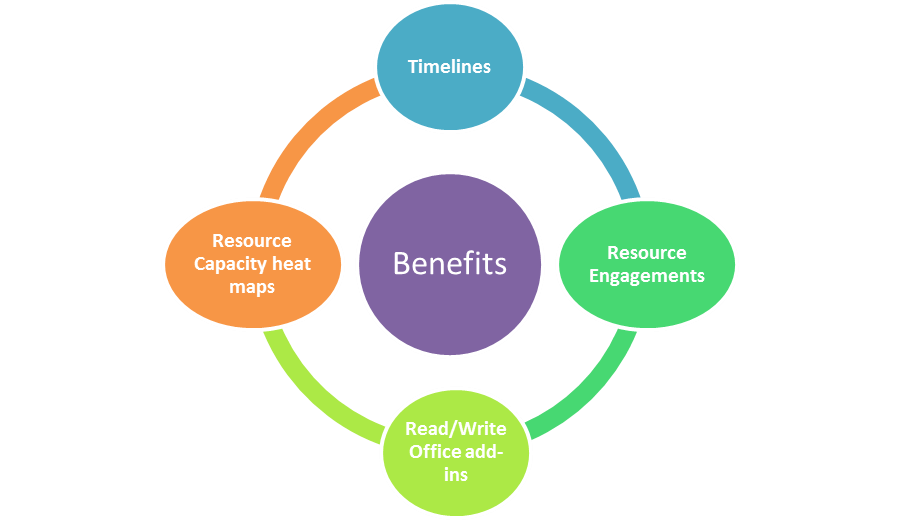
Learn to work efficiently with Microsoft Publisher 2016

Best learning environment supported by expert trainers

Hands-on practices to explain the concepts of the course

Provides course completion certificate at an end
Microsoft Publisher Training Course helps delegates to create and personalise a wide range of publications and marketing materials in-house including print, and the web. This course will explain how to create visually rich, professional-looking publications without increasing the cost and time in a complicated desktop publishing application.
With the help of this, we can make things as simple as posters, greeting cards and labels, or as complicated as professional email newsletters, yearbooks and catalogues. MS Publisher is a very easy to use application and gives a professional touch to your publications. Whether delegates are a beginner to Microsoft Publisher or want to enhance knowledge in both the cases this course is ideal for all of them.
Microsoft Publisher Training Course explains the basic features and functions of MS Publisher 2016. Delegates will also learn to create and edit publications, work with master pages, place text and images, and set up and format tables. In this course, Delegates will also learn how to create a facing-pages layout, export publications to PDF, and prepare publications for commercial printing.
Delegates will learn how to control colours and gradients, create and apply styles work with WordArt objects, and use section page numbers and bookmarks. This course will impart knowledge to delegates to set up and manage mail merge lists, use Web templates, prepare mailing labels, build, forms, edit publications and publish a Web site.

What is Microsoft Publisher Training?
Microsoft Publisher helps delegates to create and personalise a broad range of publications and marketing materials in-house which includes print, web, email and other documents. Create professional looking desktop publications, newsletters, yearbooks, greeting cards, labels, and catalogues. This course will help all the users who use publisher to create items for publications.
Why should I take Microsoft Publisher Training Course?
This training will help delegates to learn various tips and tricks for working with text and adding media to improve the publication. Also, provides good knowledge on working with existing publisher templates, and creating own templates. Take advantage of this certification and add a skill to your resume.
What are the benefits of taking Microsoft Publisher Training Course?
MS Publication will allow delegates to format and edit text, add graphics, share and print finished publications. Create event invitations, cards, brochures and flyers after learning high-end desktop publishing. Discover to delete, add pages, move pages around, work with columns and more to enhance visuals.
Why choose Pentagon Training?
Pentagon Training is known as the best training Provider in all domains. Our instructors are certified and experienced so that delegates will not get difficulty during the course. Pentagon training is one of the most leading training providers of this training due to its high-quality content. It is most trusted by professionals and industry leading brands. Our well trained and experienced instructors teach that what is required by industry.
Enquire Now
----- OR -------
Reach us at +44 1344 961530 or info@pentagonit.co.uk for more information.
Stoke-on-Trent is a city in Staffordshire, England. It ranges from 36 square miles. Stoke is polycentric, having been molded by an association of six towns in the early 20th period. It reached its name from Stoke-upon-Trent, where the railway station and the town hall are situated. The four other payments are Burslem, Tunstall, Longton and Fenton.
Geography:
Stoke-on-Trent is situated about half-way between Birmingham and Manchester. It links the town and area of Newcastle-under-Lyme. The city located on the higher hill of the River Trent at the south-west foothills of the Pennines, ranging from 106 to 213 meters (350 to 700 ft.) above sea level. The city is measured to be the southernmost end of the Pennines, restricted by the plains of the Midlands to the south, counting the Cheshire Plain deceitful west of Newcastle. The Peak District National Park lies straight to the east and comprises part of the Staffordshire Moorlands District, as well as parts of Derbyshire, Greater Manchester and West and South Yorkshire.
Climate:
Stoke-on-Trent, as with all of the United Kingdom, practices a temperate nautical weather, missing in weather limits. The local area is comparatively raised due to its nearness to the Pennines, subsequent in cooler temperatures year round likened to the nearby Cheshire Plain. However, on calm, clear nights this is frequently upturned as cold air drainage reasons a temperature overturn to occur. As such, the Stoke-on-Trent and Newcastle area are not vulnerable to plain frosts. The nearest Met Office weather station is Keele University, about four miles west of the city centre.
The absolute high temperature is 32.9 °C (91.2 °F), logged in August 1990, although more classically the average warmest day of the year should be 27.0 °C (80.6 °F). In total, just under fourteen days should report a temperature of 25.1 °C (77.2 °F) or above.
Demography:
Based on the 2001 survey, the total population of the city was 240,63. This was a warning of 3.5% since 1991. 51.3% of the population is female. 96.3% of the population of Stoke-on-Trent were instinctive in the UK. 94.8% of the population recognised themselves as white, 2.6% as Asian British Pakistani, 0.5% Asian British Indian and 0.3% as Black Afro Caribbean. Concerning faith, 74.7% labelled themselves as Christian, 3.2% Muslim and 13.4% had no religion. In the same survey, 19.9% were recognised as under 15; 21.0% were over 60. A total of 24.2% of non-pensioner families were logged as having no working grownups. In 2011 the population had amplified to 249,000. It is the first time that the city's population has full-grown since it drawn at 276,639 in 1931.
We are offering more than 250 courses at 91 locations in UK.